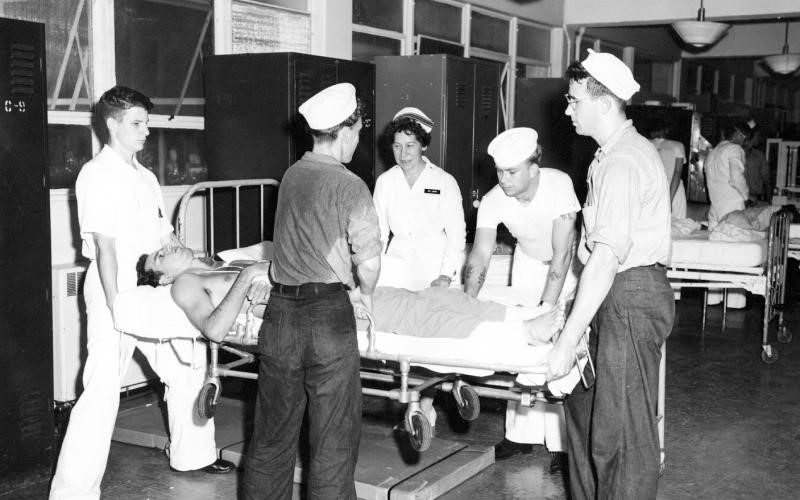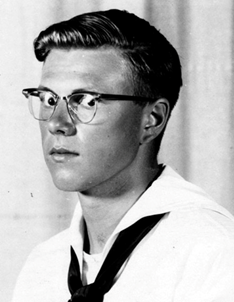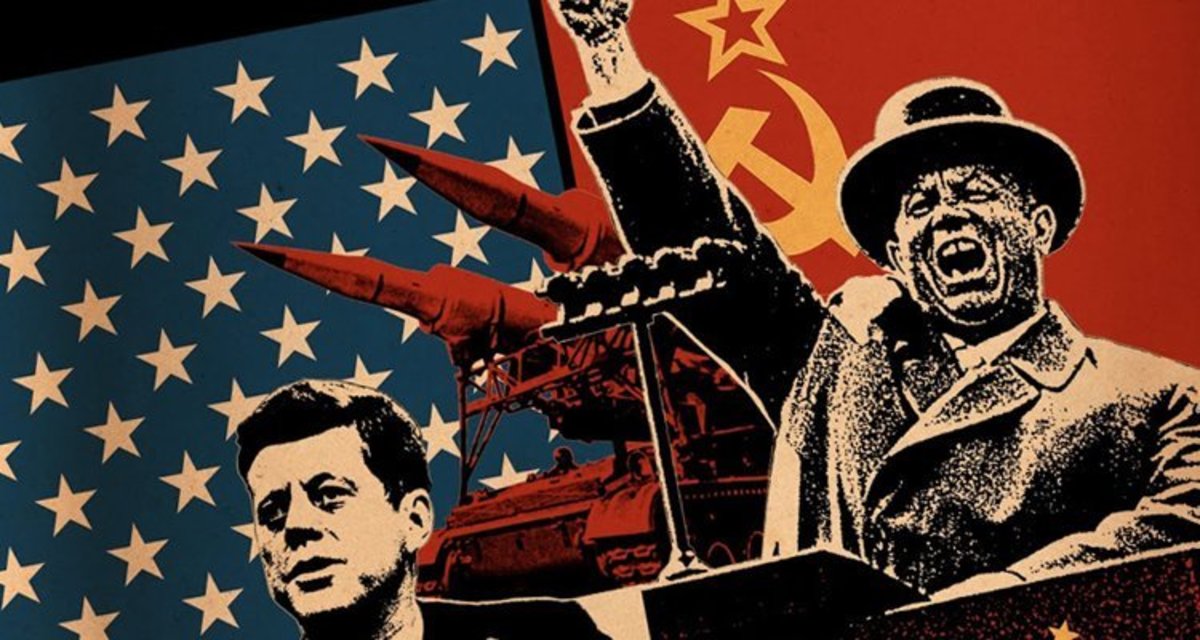Last year I attended another Veteran’s Day Program and Ceremony at the Local Area Senior Center. It was as impressive as they all are. But that year, I found out there is a real name for people who spent time in the service between conflicts. Previously, there were ceremonies for WWII veterans, Korean War veterans, Vietnam veterans, Desert Storm, Iran, Iraq, etc. During these times, I had always felt like an outsider and wondered why I was participating as a veteran. Sure, I wanted to honor those veterans who served during these conflicts, especially those who made the ultimate sacrifice.

I was also envious of those men and women who wore their uniforms with an array of medals adorning their chests. Or those with jackets and or hats proudly proclaimed which war theatre they participated in or which conflict they so bravely fought and suffered through. Many had patches, which indicated they had served in multiple areas during their years of service.
Who Fought in the Cold War?
Yes, I was jealous.
But I was also fortunate. I did not earn nor become eligible to wear any of those adornments, medals, or jackets that the brave veterans proudly displayed that day. I had not served in any combat zones in any lands where bullets, mortars, bombs, and sinking ships were a way of life. I had fought no enemy, nor worried that each day might be my last. I lost no fellow servicemen or brothers to enemy fire. Fortunately, I have no horrible memories of losing good friends and comrades in a foreign land; or seeing those warriors who were sent home with wounds and battle scars that would be with them for the rest of their life.
No, I had served during one of the few periods where there were no wars or proxy wars; there were no world conflicts that required military readiness or intervention. The active-duty serviceman went about his or her military duties comparable to those in civilian life. I didn’t know it at the time, but I was a peacetime warrior. I was born and raised on a small farm in mid-Ohio, attended a small country school, and graduated as the president of a class of twelve. I had no intention of attending college, and I knew the farm was not large enough to support my parents and my future.

Signing Up in the Selective Service
Shortly after WWII, the Cold War began between the United States and the Soviet Union. Both sides had allies in ideology, as well as the territory they were occupying to control. The Iron Curtain dominated Eastern Europe, and NATO (the North Atlantic Treaty Organization) was formed in response to the Truman Doctrine of containing and driving back authoritarianism. Selective Service was created and started the draft system in 1948. In June of 1955, when I graduated at age 17, the Warsaw Pact had just been signed by the Eastern European and Soviet leaders. I knew I would have to register for the draft at 18. If drafted, you went into the Army. Sleeping on the ground in pup tents, eating K-rations, and marching all night in the mud with heavy backpacks didn’t do much for me. I had decided that the Army was not for me, so I spoke to a Navy recruiter. He said that as a high school graduate, I was guaranteed a school after boot camp. He said that the navy ships and land bases all had nice mess halls, beds with mattresses, very little military drill after boot camp. He also said that since I was not 18, I would need my parents’ permission. But if I got permission before turning 18, I could enlist on a ‘kiddie cruise.’ This meant a 3-year enlistment, where you went in under 18 and received your active duty discharge the day before you turned 21. I received my parents’ approval and enlisted a week before turning 18.
My time in the service was uneventful, compared to those who served during wartime, fought on the front lines, and was involved in military actions. The Bay of Pigs, the Cuban Missile Crisis: these inflection points were still several years away. My folks did not know much former military personnel, as only one uncle had served in the Air Force. This was one reason I decided to write home frequently and let my folks know what I was doing.
From Civilian to Peacetime Warrior

At Fort Hayes, while waiting for the swearing-in ceremony to begin, I was in a room full of other recruits also entering the Navy. I happened to knock over an ashtray and spill the ashes and butts on the floor. I asked the Sailor in charge of the group for a broom and said I would clean it up. He said, I shouldn’t worry about it. He would get some swabbie to do it. I thought, “Wow, this Navy thing is OK. They get other people to clean up after you.” Soon, we were called into the Naval Officer’s office. We raised our right hand, repeated the oath, and were now officially in the U.S. Navy. When we left this office and returned to the waiting room, the Sailor in charge had gotten a broom and dustpan. He pointed at me and said, “Alright, swabbie! Clean up that damned mess that some damned civilians made. And do it now!” I found out this was the real Navy! It was also the beginning of a naval career spanning three years, plus a 1-year extension, as a peacetime warrior.

Wow! Except for some geographical differences this story could be me. Graduated high school after a college-bound curriculum but without college aspirations. Graduated January 20, 1960, was in boot camp San Diego January 27 1960.
Aboard USS Lawrence DDG-4 for Cuba. Also a Kiddie Kruiser! 😁
Vince Morelli MT2